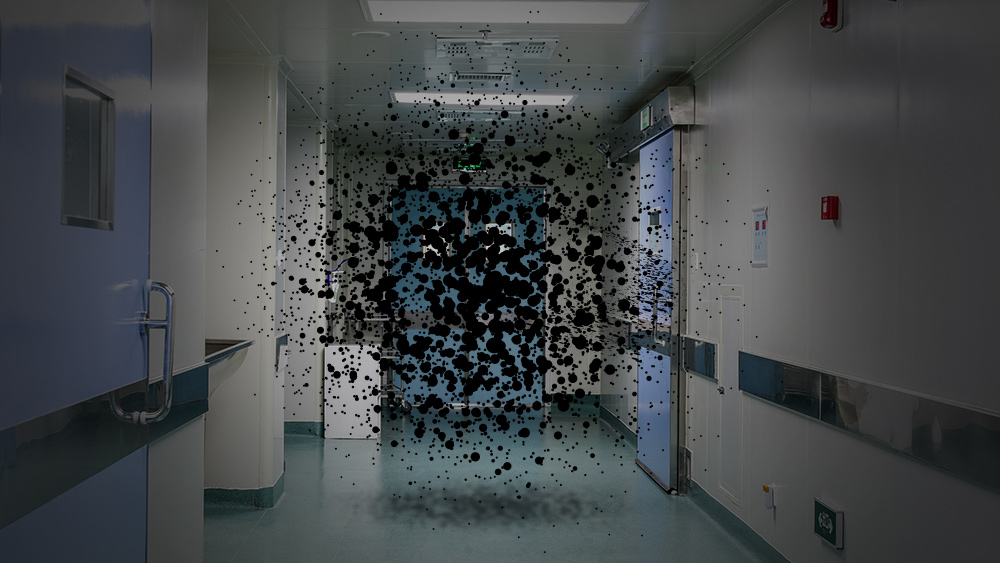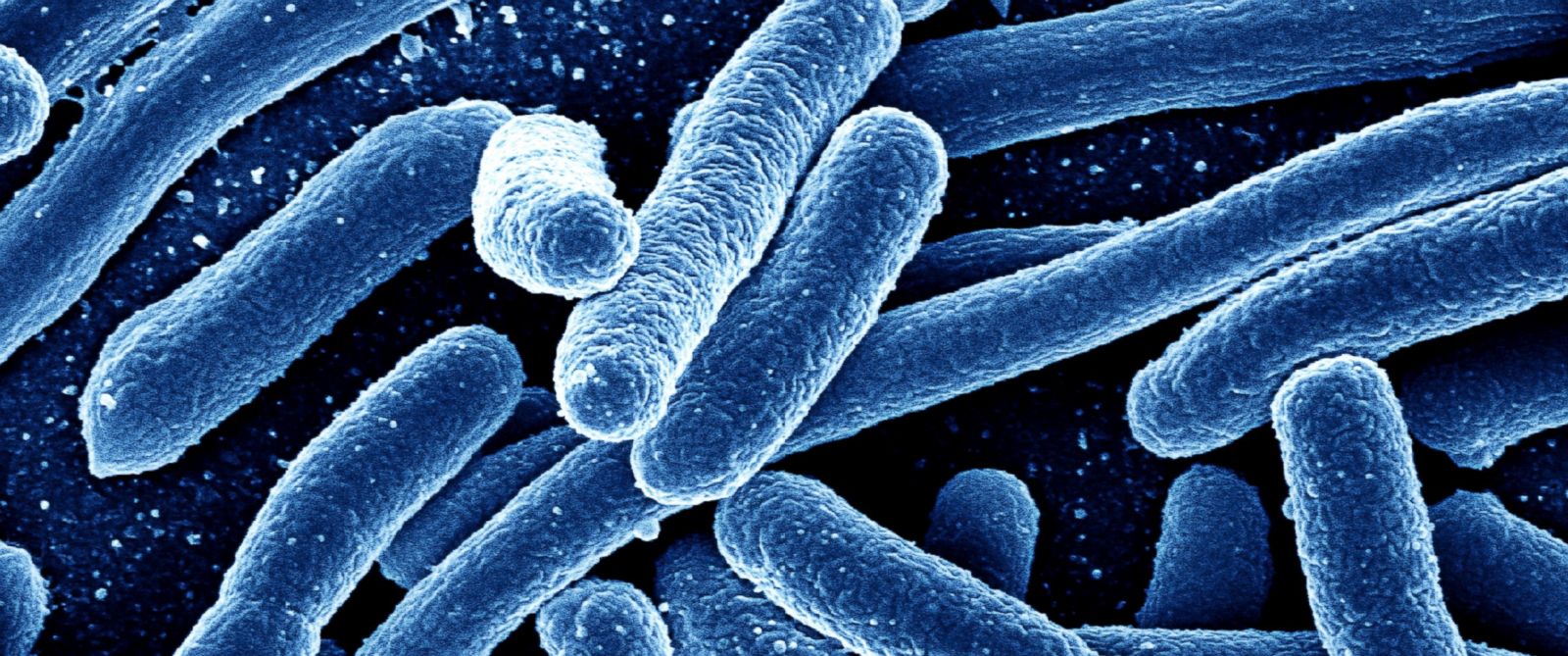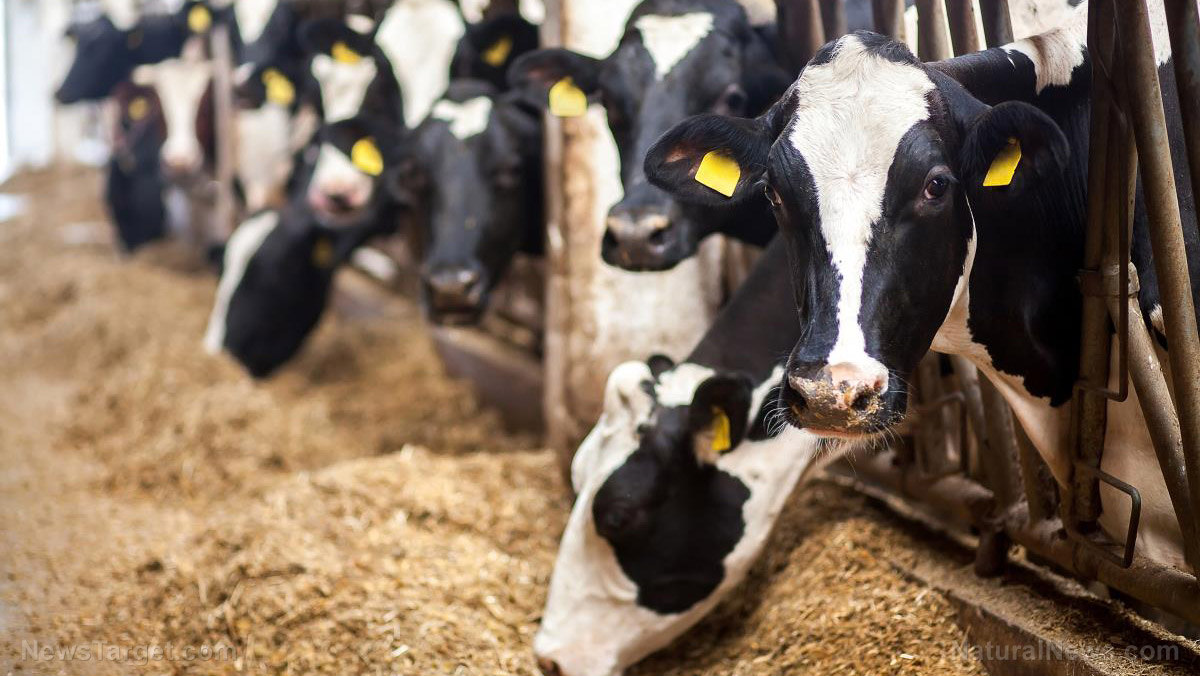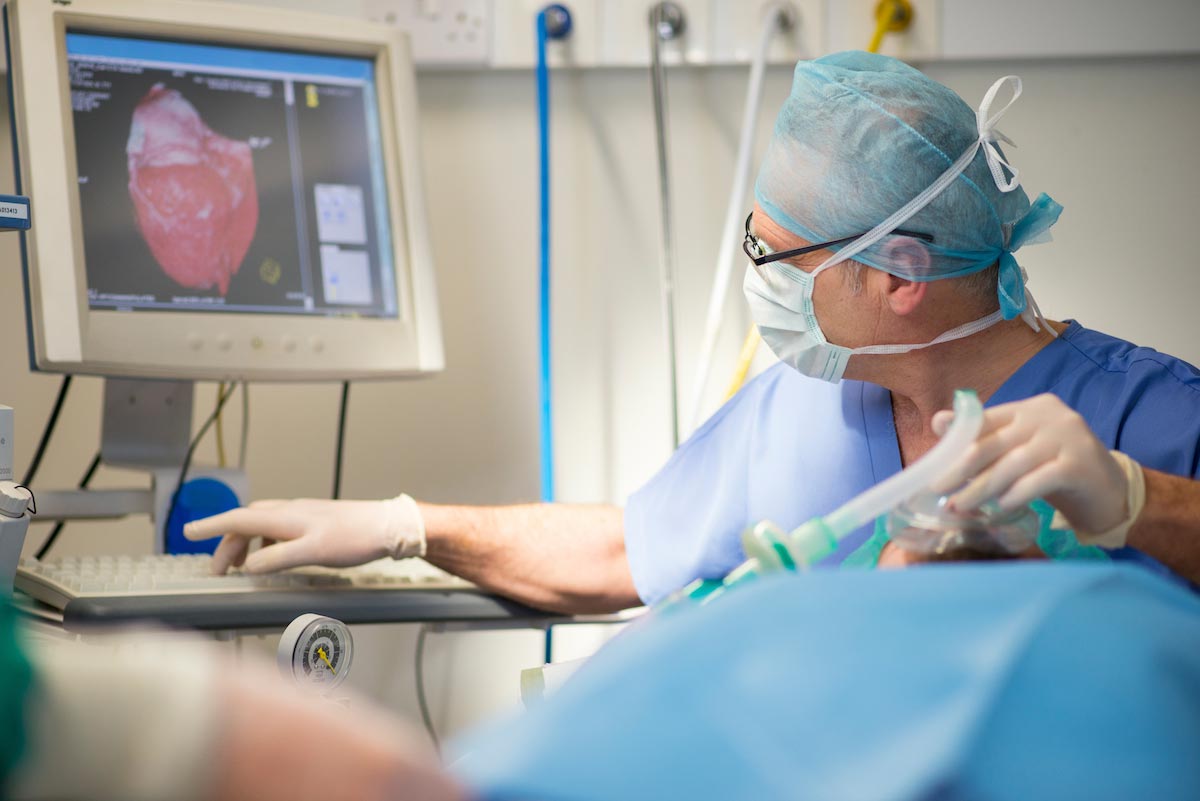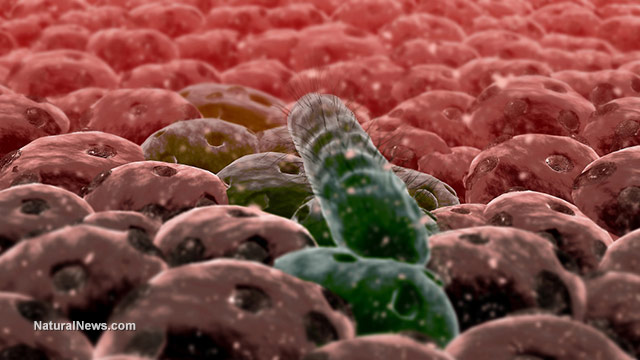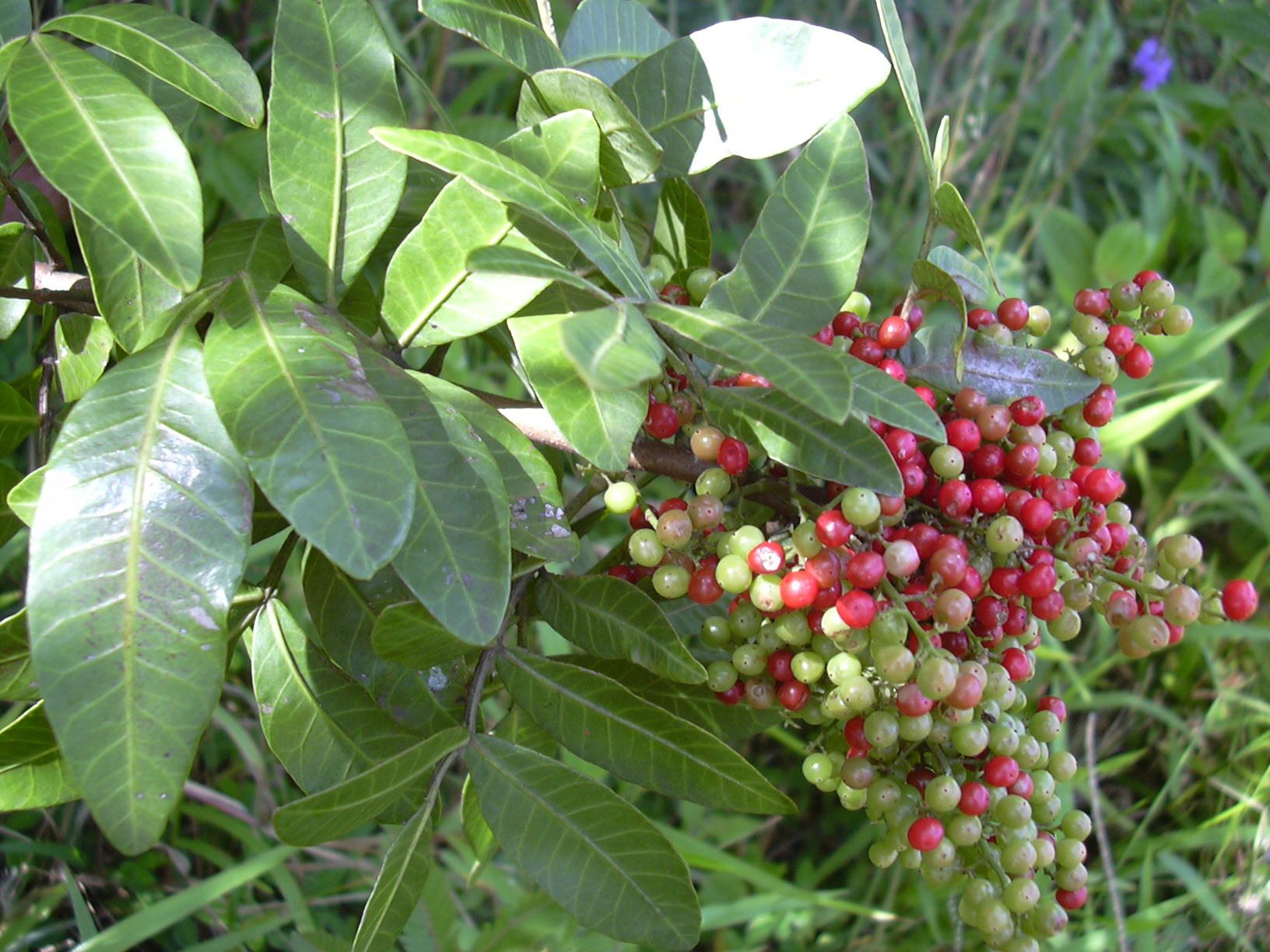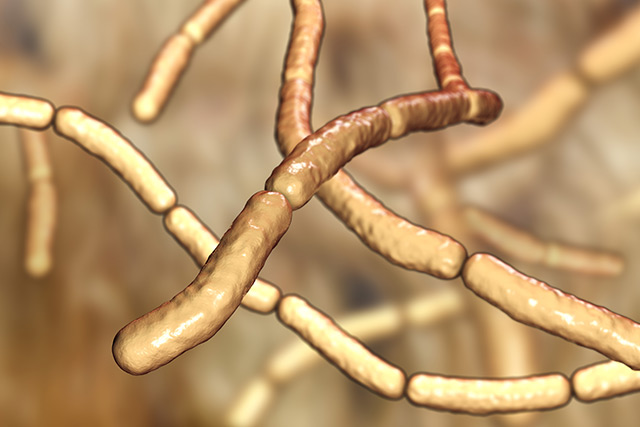Antibiotics FAIL: Yaws bacteria develops resistance and is making a comeback
03/05/2018 / By Edsel Cook
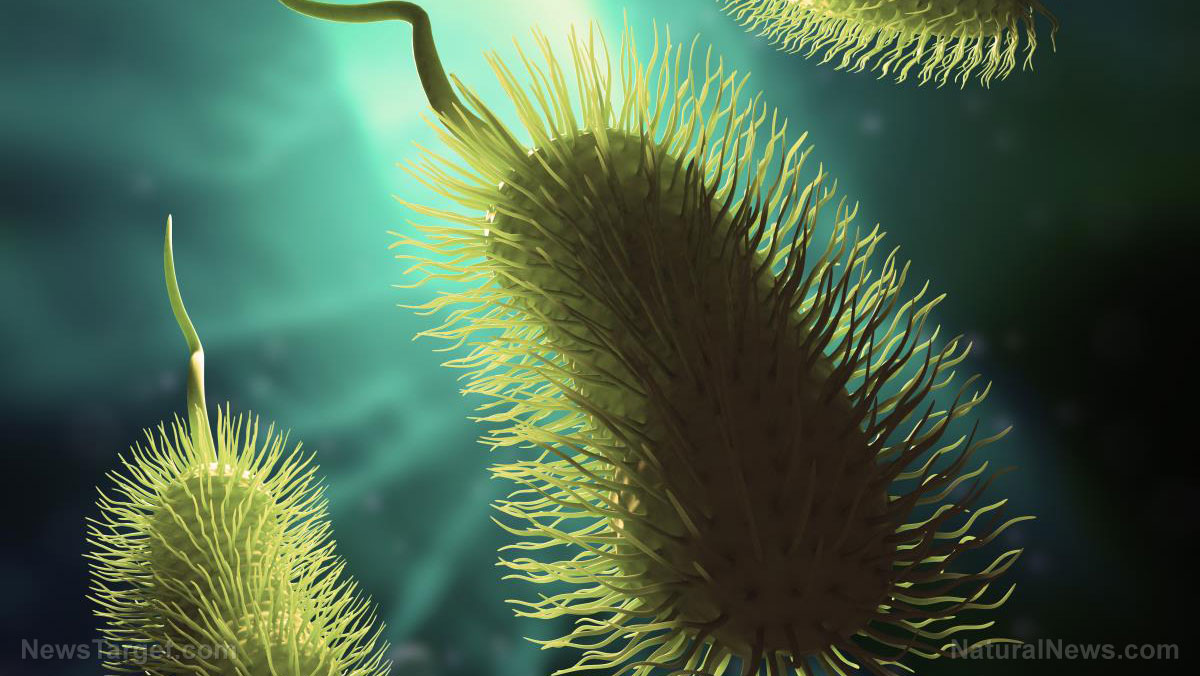
Yaws isn’t a superbug yet, but newly-available research indicates it has joined the club of antibiotic-resistant diseases. This development will require the World Health Organization to revise its ongoing eradication strategy, warned a Science Daily article.
Endemic to tropical parts of Africa, Asia, and South America, yaws is a bacterial infection that affects the skin, bones, and joints. It is not deadly, but it is contagious and disfigures victims.
The disease made a comeback over the last 20 years. In 2012, WHO launched a new attempt to eradicate it.
Published in The Lancet, the study was undertaken in support of WHO effort to eliminate the disease. It observed a community in Papua New Guinea where the disease was prevalent to see if treatment procedures were working.
The eradication effort in the targeted community was stymied by the relapse of untreated latent infections (positive bacterial presence but no visible symptoms) in individuals who didn’t make it to the mass treatment as well as the re-introduction of yaws from outside sources.
These findings also proved that yaws is gaining drug-resistance to antibiotic azithromycin. (Related: Natural bacteria-killing viruses in the bladder may prove more effective at clearing UTIs than antibiotics.)
“Drug resistance is unlikely to be common, and resistant cases were resolved by a single dose injection of benzathine benzylpenicillin,” added lead author Dr. Oriol Mitjá.
The research team suggested implementing multiple rounds of mass treatment covering every member of a community to eliminate latent infections.
The uglier cousin of syphilis
The pathogen responsible for yaws is Treponema pallidum, a close cousin of syphilis. The bacterium spreads through direct contact through injured skin. It usually infects children.
At first, it only causes skin lesions. Left untreated, it will result in deforming bone lesions. WHO estimates up to 89 million people are at risk from it.
From 1954 to 1964, WHO and UNICEF tried to eliminate the disease by treating 50 million active cases with penicillin. However, latent cases escaped treatment, allowing yaws to re-appear during the 1970s.
WHO’s new 2012-2020 strategy called for a single round of mass treatment using the cheap orally-taken antibiotic azithromycin. Targeted treatment programs will hunt down new cases every three to six months. Both symptomatic cases and their contacts will get additional treatment using benzathine benzylpenicillin.
The strategy was built on the findings of an earlier study where mass treatment of 84 percent of the population of Lihir Island in Papua New Guinea greatly decreased the prevalence of yaws in just six months. The low prevalence was sustained for a year.
The new study, however, tracked all residents of Lihir Island for up to 3.5 years. Researchers implemented molecular testing every six months to look for Treponema pallidum, check the prevalence of active yaws and see if the bacterium grew resistant to azithromycin.
In order to tell apart indigenous cases from imported ones, the researchers applied genotyping techniques.
The bacterium strikes back
According to the researchers, the active yaws prevalence remained low for 18 months. But the disease began to re-emerge two years after the mass treatment.
There was an overall decrease in disease transmission. The drop was sustained for seroprevalence in children aged one to five and the genetic diversity of Treponema pallidum stayed low.
However, the bi-annual surveys revealed that the 14 percent who didn’t make it to the mass treatment comprised more than 60 percent of the total burden of active yaws in later years. Migrants and residents who visited other endemic areas accounted for less than 28 percent.
The researchers also found five cases of azithromycin-resistant yaws. All five cases lived in the same village as the index case, so a single macrolide-resistant strain seemed responsible.
Keep an eye on infectious diseases at Outbreak.news.
Sources include:
Tagged Under: antibiotic resistance, Antibiotics, azithromycin, Medicine, outbreak, superbugs, syphilis, WHO, World Health Organization, yaws


